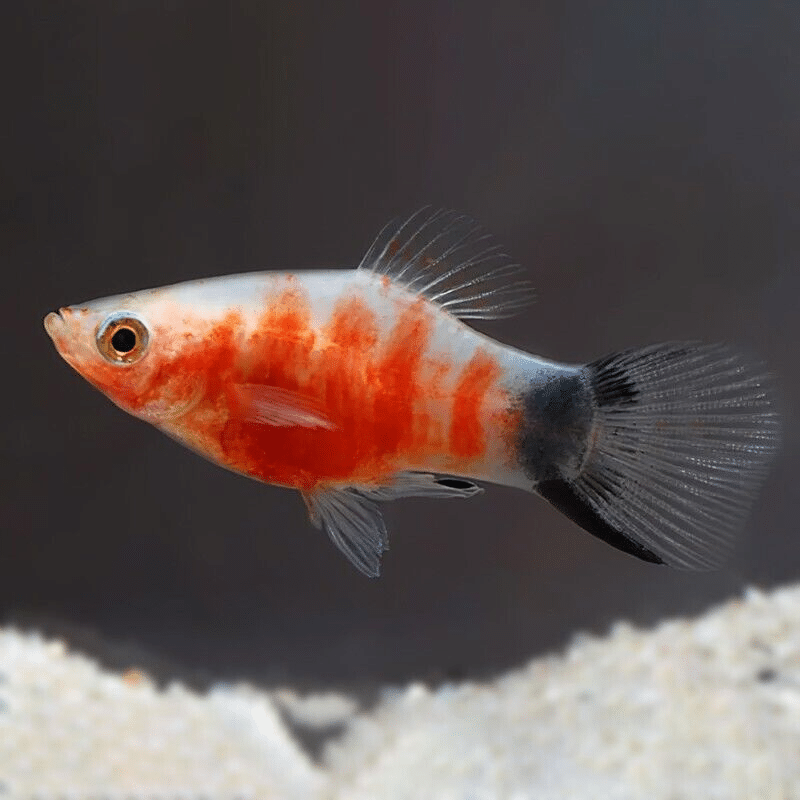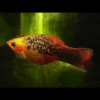To provide the best experiences, we use technologies like cookies to store and/or access device information. Consenting to these technologies will allow us to process data such as browsing behaviour or unique IDs on this site. Not consenting or withdrawing consent, may adversely affect certain features and functions.
The technical storage or access is strictly necessary for the legitimate purpose of enabling the use of a specific service explicitly requested by the subscriber or user, or for the sole purpose of carrying out the transmission of a communication over an electronic communications network.
The technical storage or access is necessary for the legitimate purpose of storing preferences that are not requested by the subscriber or user.
The technical storage or access that is used exclusively for statistical purposes.
The technical storage or access that is used exclusively for anonymous statistical purposes. Without a subpoena, voluntary compliance on the part of your Internet Service Provider, or additional records from a third party, information stored or retrieved for this purpose alone cannot usually be used to identify you.
The technical storage or access is required to create user profiles to send advertising, or to track the user on a website or across several websites for similar marketing purposes.


 Red Devil Vampire Crab - Geosesarma Hagen - Decapod Crustacean
2 × £8.71
Red Devil Vampire Crab - Geosesarma Hagen - Decapod Crustacean
2 × £8.71 














Jessica Harmon (verified owner) –
I recently purchased 10 Red Tiger Platies, and I couldn’t be happier with my decision! As a caring fish parent, I truly prioritize the health and happiness of my fish. These little gems arrived just a week ago, and they have already settled in beautifully to my 20-gallon community tank. The colors are vibrant and they swim around joyfully, which brings me such delight.
Compared to other livebearers I’ve had in the past, these platies are not only easy to care for but also seem to get along with my other tropical fish without any issues. Their playful nature has added so much charm to my aquarium! The shipping was quick, and they came well-packaged, ensuring their welfare during transit.
A tip for fellow hobbyists: make sure to provide plenty of hiding spots and plants, as they love to explore and feel secure. If you’re considering adding some lively freshwater fish to your tank, I highly recommend these Red Tiger Platies. You won’t regret it!
Emily Carter (verified owner) –
I recently purchased the 10 X Red Tiger Platies and I couldn’t be happier! These freshwater fish are not only stunning with their vibrant colors, but they’ve also brought a lively spirit to my community aquarium. After introducing them about two weeks ago, I’ve noticed they quickly adapted to their new home, swimming happily and interacting with my other fish.
I appreciate how easy they are to care for, which is perfect for both seasoned aquarists like myself and newcomers to the hobby. They thrive in a well-kept tank and seem to enjoy the company of my other tropical fish. Compared to other platies I’ve had in the past, the Red Tigers are particularly active and social.
One small consideration is that they can be a bit shy at first, so providing plenty of hiding spots helped them settle in quicker. Overall, I highly recommend these fish for anyone looking to brighten up their tank with beautiful, vibrant colors while ensuring a harmonious community setting. You won’t regret adding these little gems to your aquarium!